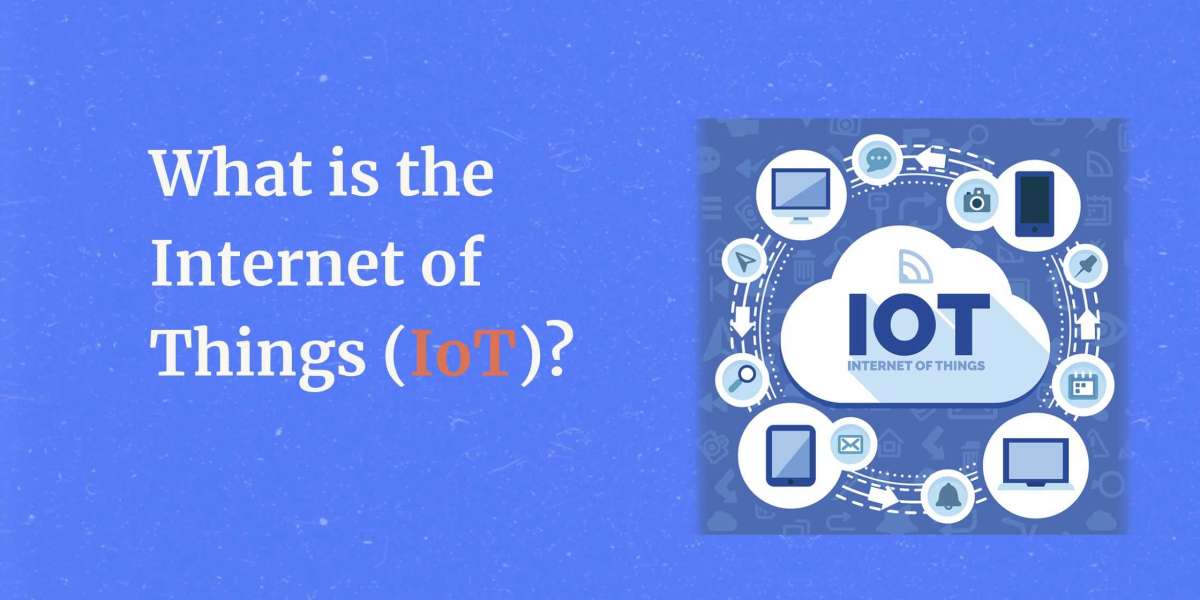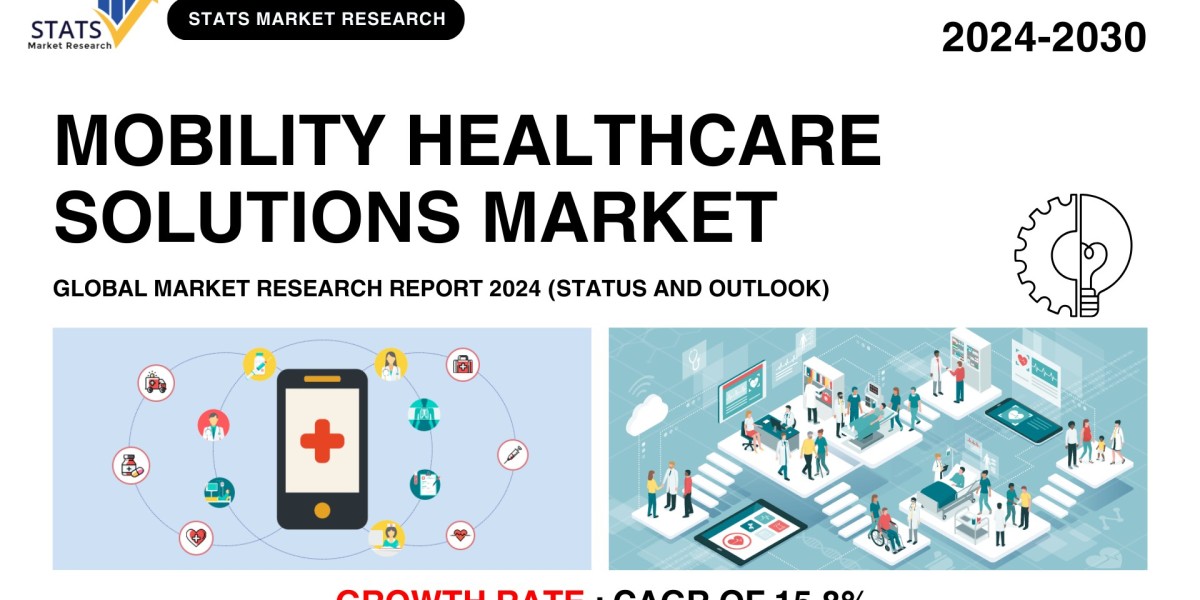The Internet of Things is a collection of physical items, or "things," that are connected to other devices and systems online by means of sensors, software, and other technologies (IoT). These gadgets include everything from standard domestic items to state-of-the-art industrial machinery.
What makes the Internet of Things (IoT) so crucial?
IoT has recently emerged as one of the most significant 21st-century technologies. Continuous communication between people, processes, and things is now possible thanks to the ability of commonplace items like home appliances, cars, thermostats, and baby monitors to connect to the internet via embedded technologies.
Low-cost computers, the cloud, big data, analytics, and mobile technologies enable the exchange and gathering of data by physical things with the least amount of human interaction. The physical and digital worlds coexist despite their overlap.
What technologies have made the IoT possible?
Although the IoT concept has been around for a while, it has only just become a reality thanks to a number of recent technological advancements.
- Access to low-cost, low-power sensor technology.IoT technology is becoming more widely available to businesses because of low-cost, reliable sensors.
- Cloud computing platforms. The growth of cloud platforms has made it possible for businesses and individuals to obtain the infrastructure they require to scale up without having to manage it all.
- Connectivity.It is now simple to link sensors to the cloud and other "things" for effective data transfer thanks to a variety of network protocols for the internet.
- Machine learning and analytics. Thanks to advancements in machine learning and analytics as well as access to a wide variety and large amounts of data stored on the cloud, businesses may be able to gain insights more quickly and simply. The IoT is being pushed to its limits by the development of these complementary technologies, and these complementary technologies are fed by the data produced by the IoT.
- Conversational artificial intelligence (AI). Digital personal assistants like Alexa, Cortana, and Siri, as well as other Internet of Things (IoT) gadgets, now support natural language processing (NLP). IoT gadgets are now more appealing, useful, and affordable for use at home as a result.
What is industrial IoT?
Industrial IoT (IIoT) is the name given to IoT technology utilised in industrial settings, particularly when it comes to instrumenting and managing sensors and other equipment that makes use of cloud-based services. IIoT is also referred to as Industry 4.0, the fourth industrial revolution, or IoT. Following are some typical IIoT applications:
- intelligent production
- linked assets, preventative and predictive maintenance
- Smart power grids
- clever cities
- coordinated logistics
- smart digital supply chains
Unlock business value with IoT
As IoT grows more prevalent in the market, businesses are utilising its immense business value. These benefits include:
- obtaining data-driven insights from IoT data to enhance management of businesses
- Increasing the productivity and efficiency of business operations
- creating new business ideas and revenue streams
- Connecting the business worlds of physical and digital swiftly and seamlessly to shorten time to value
What are IoT applications?
Business-ready, SaaS IoT Applications
IoT Intelligent Applications are prebuilt SaaS programmes that analyse and show business users IoT sensor data on dashboards. IoT Intelligent Applications come in a wide variety.
IoT applications use machine learning techniques to evaluate enormous amounts of linked sensor data in the cloud. Using real-time IoT dashboards and alerts, you may view significant performance indicators, statistics for the mean time between failures, and other data. Machine learning-based algorithms are capable of spotting equipment anomalies, alerting users to them, and even initiating automated repairs or preventative measures.
With cloud-based IoT solutions, business users may quickly enhance their present supply chains, customer service, human resources, and financial services. Every business method doesn't have to be created from scratch.
What industries are IoT benefits applicable to?
The firms that stand to gain the most from IoT are those that would benefit from integrating sensor devices into their operating processes.
Manufacturing
- Manufacturers can gain a competitive edge by integrating production-line monitoring to enable preventive repair on equipment when sensors suggest an approaching failure.
- In reality, sensors can recognise when there is a disruption in industrial output.
- Using sensor alerts, manufacturers can instantly check equipment for accuracy or stop using it while it is being fixed.
- Businesses can do this to cut operational costs, boost uptime, and improve asset performance management.
Automotive
- The adoption of IoT applications could have a significant positive impact on the automotive sector.
- In addition to the benefits of implementing IoT in production processes, sensors can identify impending equipment failure in vehicles that are already on the road and can provide the driver with information and advice.
- Pooled data from IoT-based apps has helped auto suppliers and manufacturers learn more about how to maintain vehicles in working order and car owners informed.
Transportation and Logistics
- Networks for logistics and transportation benefit from various IoT applications.
- Fleets of cars, trucks, ships, and trains that move merchandise can now be redirected in accordance with the weather, the availability of vehicles, or the availability of drivers thanks to IoT sensor data. Additionally, sensors for track-and-trace and temperature monitoring might be integrated into the inventory itself.
- The food and beverage, floral, and pharmaceutical industries, which regularly handle temperature-sensitive inventory, would benefit greatly from IoT monitoring systems that send alarms when temperatures rise or fall to a level that threatens the product.
Retail
- Using IoT apps, retail businesses can better manage inventory, improve customer service, streamline the supply chain, and reduce expenses.
- For instance, weight sensors and smart shelves can gather RFID-based data, which can then be transferred to an IoT platform to automatically check inventory and send alerts when supplies are running short.
- Beacons can deliver targeted offers and promotions to customers in order to produce an engaging experience.
Public Sector
- The public sector and other service-related industries can benefit greatly from IoT.
- IoT-based applications, for example, can be used by government-owned utilities to notify customers of both big and minor outages in their water, power, or sewer services.
- Applications for the Internet of Things (IoT) can collect data on the size of an outage and allocate resources to help utilities recover from outages more rapidly.
Healthcare
- IoT asset monitoring has many benefits for the healthcare industry. The exact location of patient assistance devices like wheelchairs frequently needs to be known by doctors, nurses, and other medical professionals.
- When hospital wheelchairs are equipped with IoT sensors, anyone in need of one can quickly find the nearest wheelchair that is still in use by tracking them through the IoT asset-monitoring application.
- Several hospital assets may be tracked with this technique, assuring proper use and financial accounting for the physical assets in each department.
General Safety Across All Industries
- In addition to tracking tangible assets, the Internet of Things can be utilised to improve worker safety.
- Workers at hazardous workplaces need to be informed of any hazardous events that could affect them, such as mines, oil and gas fields, chemical facilities, and power plants.
- When they are linked to IoT sensor-based apps, they can be warned about mishaps or saved as soon as is practical. IoT applications are also used by wearables that may monitor environmental conditions and human health.
- These programmes help consumers understand their own health while also enabling clinicians to remotely monitor patients.



